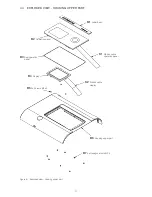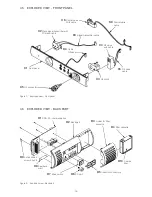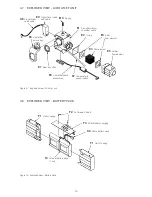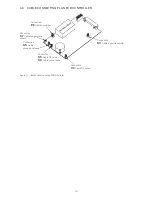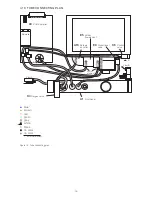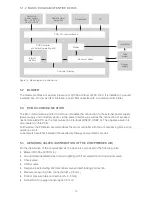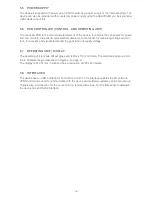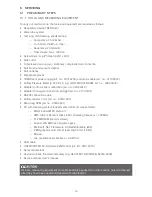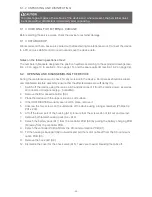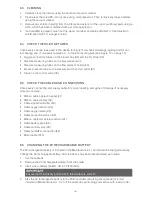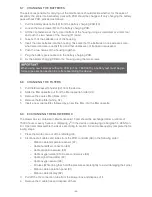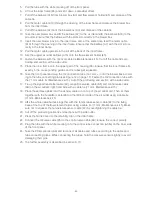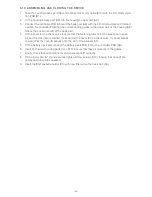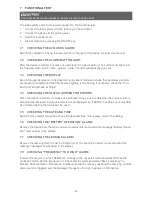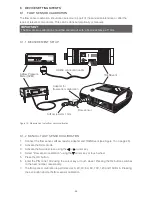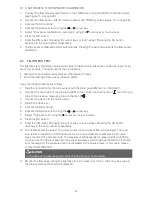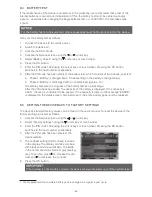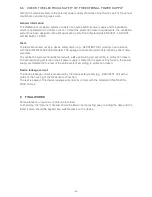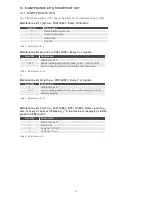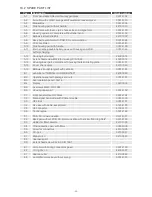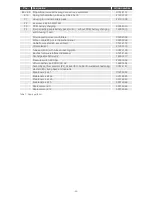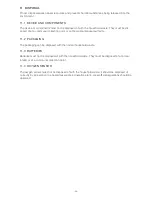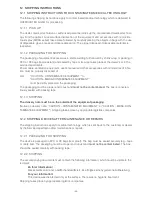
- 25 -
7 FUNCTIONAL TEST
Until all tests have been passed, the device must not be used.
The tube system and a test lung are required for the functional test.
1. Connect the tube system and the test lung to the ventilator.
2. Connect the device to the mains power.
3. Switch the ventilator on.
4. Start ventilation by pressing the ON/OFF key.
7.1 CHECKING THE ACOUSTIC ALARM
Switch the ventilator on using the main switch on the rear of the device. A signal must sound.
7.2 CHECKING THE ALARM BUTTON LIGHT
After the device is started, it carries out a self-test of the alarm button. The button must light up in
the following order: white > red > yellow > white. The light subsequently goes out.
7.3 CHECKING THE DISPLAY
Switch through all screens in the physician- and patient mode and check that all display elements
are present and legible and that the display’s lighting is functioning. If necessary, check the “Con-
trast” and “Brightness” settings“.
7.4 CHECKING THE STATUS SCREEN FOR ERRORS
When the device is started, it carries out a self-test. If any errors are detected, the status screen is
automatically displayed. Faulty parameters will be displayed by “ERROR”. Possible errors must first
be corrected before the device can be used.
7.5 CHECKING THE DATE AND TIME
Switch to the comfort screen and check the date and time. If necessary, correct the setting.
7.6 CHECKING THE “BATTERY OPERATION” ALARM
Remove the device from the mains power. An alarm must sound and the message “Battery Opera-
tion” must appear in the display.
7.7 CHECKING THE LEAKAGE ALARM
Remove the test lung from the device. After at most 15 seconds, an alarm must sound and the
message “Leakage” must appear in the display.
7.8 CHECKING “FREQUENCY TOO HIGH” ALARM
Connect the test lung to the TRENDvent. Change to the physician mode and select PSV as the
ventilation mode. Set the frequency to 12 bpm and the alarm parameter “Max. Frequency” to
20 bpm. Start ventilation. Simulate an increased respiration rate by squeezing the test lung, until the
alarm sound is triggered and the message “Frequency too high” appears on the display.

